We spoke to Liu Yang, who has one of the strangest jobs around: to sit in the passenger seat and monitor how self-driving cars cope with Beijing’s streets.
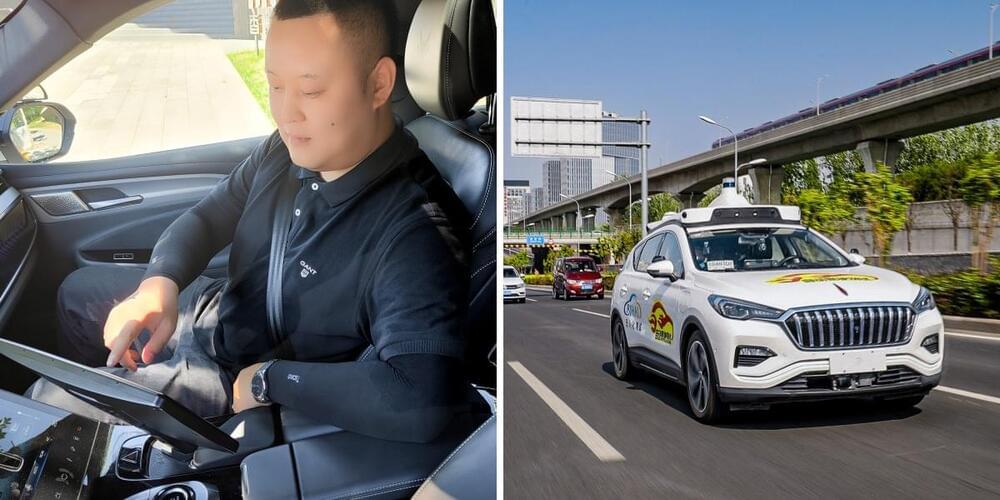

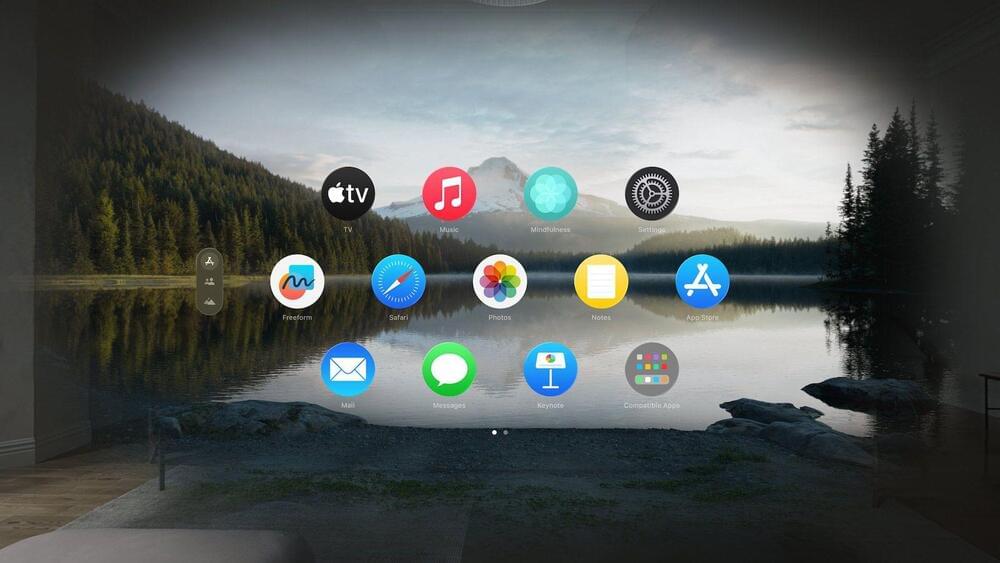
Apple today introduced the first version of the visionOS software, debuting the visionOS 1.0 Developer Beta. The introduction of the beta comes as Apple has announced the launch of the visionOS software development kit (SDK) that will allow third-party developers to build apps for the Vision Pro headset.
The SDK can be accessed through Xcode 15 beta 2, and while developers do not have access to the Vision Pro headset itself as of yet, Apple will begin allowing testing starting next month.
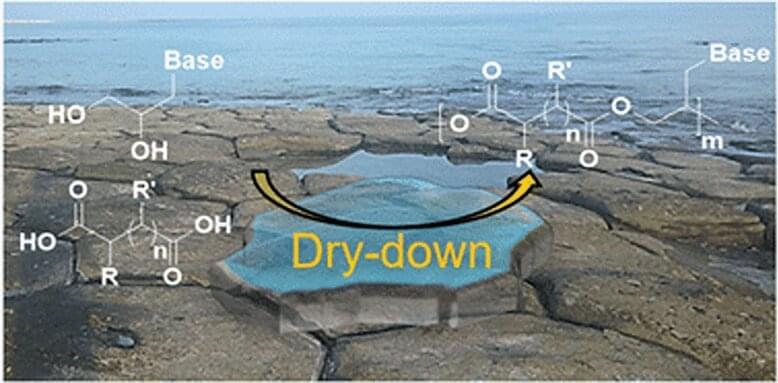
The chemical origin of life on Earth is a puzzle that scientists have been trying to piece together for decades. Many hypotheses have been proposed to explain how life came to be and what chemical and environmental factors on early Earth could have led to it. A step required in a number of these hypotheses involves the abiotic synthesis of genetic polymers—materials made up of a sequence of repeating chemical units with the ability to store and pass down information through base-pairing interactions.
One such hypothesis is the RNA (ribonucleic acid) world hypothesis, which draws from this concept and suggests that RNA could have been the original biopolymer of life both for genetic information storage and transmission, and for catalysis. However, in the absence of chemical activation of RNA monomers, studies have found that RNA polymerization would have been inefficient under primitive dry-down conditions without specialized circumstances such as lipid or salt-assisted synthesis or mineral templating.
While this does not necessarily make the RNA world hypothesis less plausible, primitive chemical systems were quite diverse and could not have possibly been as clean to just contain RNA and lipids, suggesting that other forms of primitive nucleic acid polymerization may have also taken place.

The discovery of the quantum Hall effects in the 1980s revealed the existence of novel states of matter called “Laughlin states,” in honor of the American Nobel prize winner who successfully characterized them theoretically. These exotic states specifically emerge in 2D materials, at very low temperature and in the presence of an extremely strong magnetic field.
In a Laughlin state, electrons form a peculiar liquid, where each electron dances around its congeners while avoiding them as much as possible. Exciting such a quantum liquid generates collective states that physicists associate with fictitious particles, whose properties drastically differ from electrons: these “anyons” carry a fractional charge (a fraction of the elementary charge) and they surprisingly defy the standard classification of particles in terms of bosons or fermions.
For many years, physicists have explored the possibility of realizing Laughlin states in other types of systems than those offered by solid-state materials, in view of further analyzing their peculiar properties. However, the required ingredients (the 2D nature of the system, the intense magnetic field, the strong correlations among the particles) has proved extremely challenging.
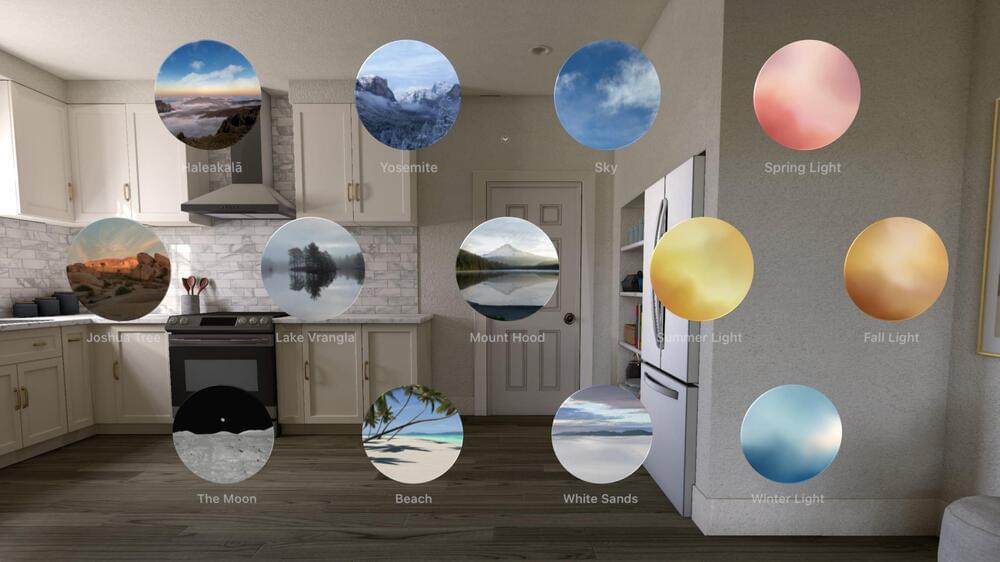

According to a new study, crows possess the cognitive ability for one of the linguistic elements that make human language so complex.
In the early 2000s, Noam Chomsky and other linguists thought that if there was one thing that belonged specifically to human language, it was recursion, and that this was what distinguished human language from animal communication. As it turns out, this is not the case: a 2020 study proved that rhesus monkeys can do the thing too, and a newly published study shows that crows can also do recursion.
OK, so what’s recursion? It’s the capacity to recognize paired elements in larger sequences – something that has been claimed as one of the key features of human symbolic competence. Consider this example: “The rat the cat chased ran.” Although the phrase is a bit confusing, adult humans easily get that it was the rat that ran and the cat that chased. Recursion is exactly this: pairing the elements “rat” to “ran” and “cat” to “chased”.
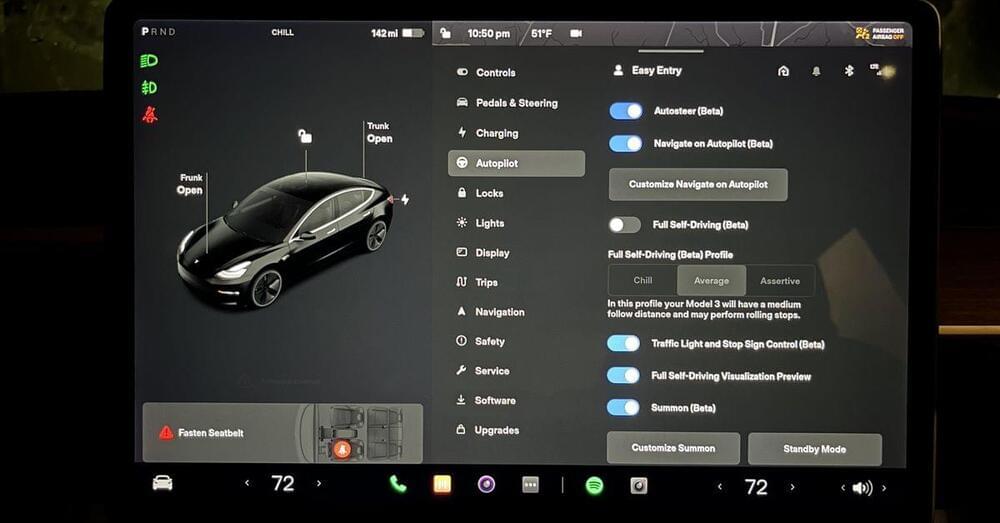
A Tesla software hacker has found an ‘Elon Mode’ driving feature that seems to allow Tesla vehicles with Full Self-Driving to operate without any driver monitoring.
Tesla CEO Elon Musk might have his very own supersecret driver mode that enables hands-free driving in Tesla vehicles.
The hidden feature, aptly named “Elon Mode,” was discovered by a Tesla software hacker known online as @greentheonly. The anonymous hacker has dug deep into the vehicle code for years and uncovered things like how Tesla can lock you out of using your power seats or the center camera in the Model 3 before it was officially activated.
After finding and enabling Elon Mode, greentheonly ventured out to test the system… More.
Elon Musk might be driving FSD hands-free.
A new model will allow robots to mimic human actions fast. Scientists are using this model to train robots so that they could do daily chores just like the way we do.
Are you among those who often dream of a day when a robot will do all the everyday household chores for you? A team of researchers from Carnegie Mellon University (CMU) has figured out how to turn your dream into reality.
In their latest study, they proposed a model that allowed them to train robots to do household tasks by showing them videos of people doing ordinary activities in their homes, like picking up the phone, opening a drawer, etc.
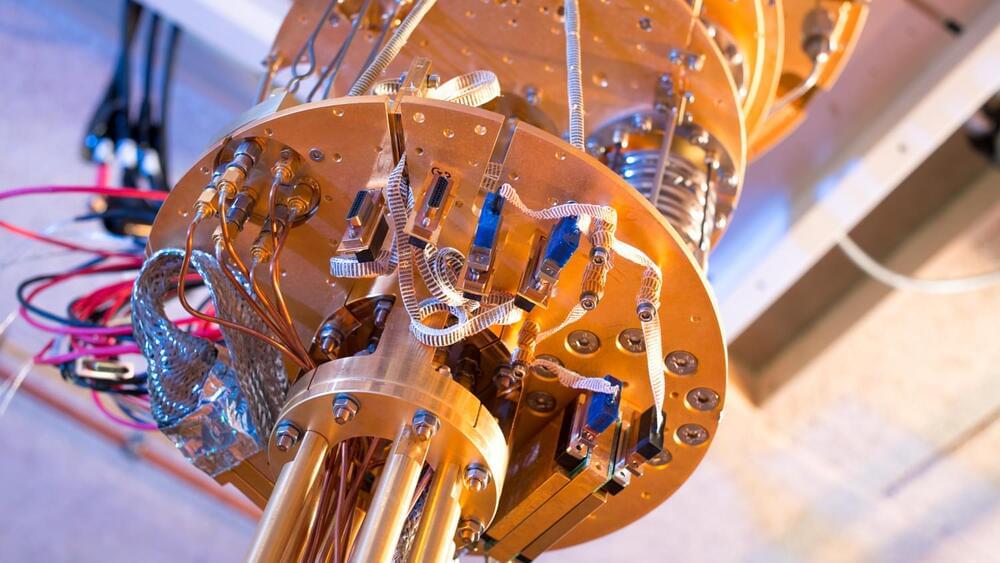
Microsoft today announced its roadmap for building its own quantum supercomputer, using the topological qubits the company’s researchers have been working on for quite a few years now. There are still plenty of intermediary milestones to be reached, but Krysta Svore, Microsoft’s VP of advanced quantum development, told us that the company believes that it will take fewer than 10 years to build a quantum supercomputer using these qubits that will be able to perform a reliable one million quantum operations per second. That’s a new measurement Microsoft is introducing as the overall industry aims to move beyond the current era of noisy intermediate-scale quantum (NISQ) computing.
We think… More.
At its Ignite conference, Microsoft today put its stake in the ground and discussed its progress in building a quantum computer and giving developers tools to experiment with this new computing paradigm on their existing machines.
There’s a lot to untangle here, and few people will claim that they understand the details of quantum computing. What Microsoft has done, though, is focus on a different aspect of how quantum computing can work — and that may just allow it to get a jump on IBM, Google and other competitors that are also looking at this space. The main difference between what Microsoft is doing is that its system is based on advances in topology that the company previously discussed. Most of the theoretical work behind this comes from Fields Medal-recipient Michael Freedman, who joined Microsoft Research in 1997, and his team.
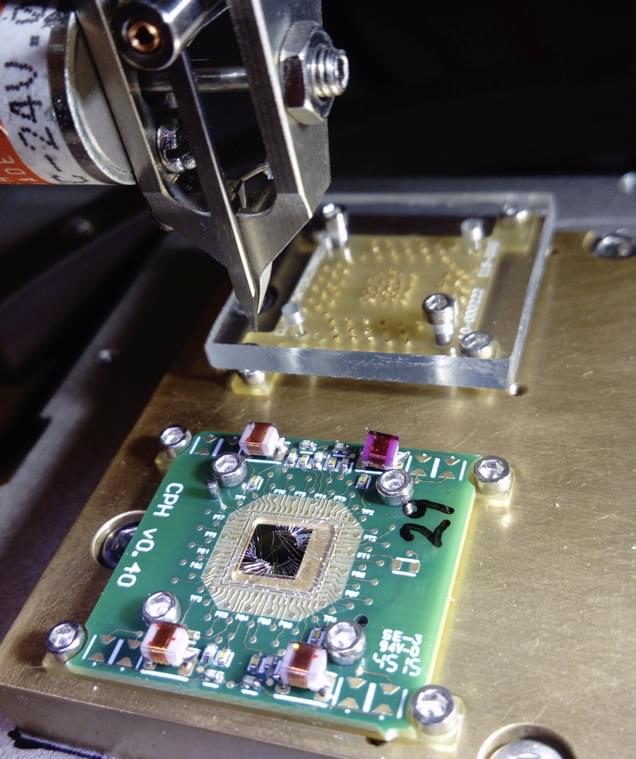
What topology does is that it gives you this ability to have much better fidelity, Microsoft’s corporate vice president for quantum research Todd Holmdahl told me. If you look at our competitors, some of them have three nines of fidelity and we could be at a thousand or ten thousand times that. That means a logical qubit, we could potentially implement it with 10 physical qubits. What the team essentially did is use Freedman’s theories to implement the error correction that’s so central to quantum computing at the physical level. I’m not going to pretend I really understand what topological qubits are, but it’s essentially harder to disturb than classical qubits (and in quantum computing, even at at the lowest currently achievable temperatures, you always need to account for some noise that can disturb the system’s state).
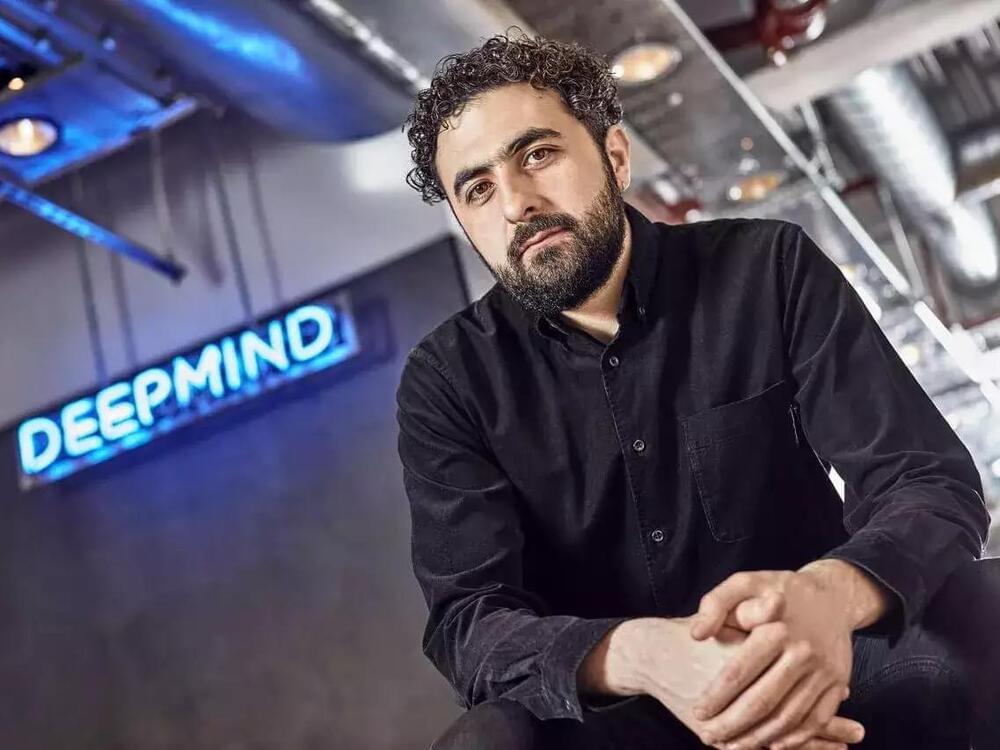
DeepMind’s co-founder believes the Turing test is an outdated method to test AI intelligence. In his book, he suggests a new idea in which AI chatbots have to turn $100,000 into $1 million.
A co-founder of Google’s AI research lab DeepMind thinks AI chatbots like ChatGPT should be tested on their ability to turn $100,000 into $1 million in a “modern Turing test” that measures human-like intelligence.
Mustafa Suleyman, formerly head of applied AI at DeepMind and now CEO and co-founder of Inflection AI, is releasing a new book called “The Coming Wave: Technology, Power, and the Twenty-first Century’s Greatest Dilemma.”
Mustafa Suleyman said the original Turing Test is outdated because it’s “unclear” whether it’s a “meaningful milestone” for AI intelligence anymore.